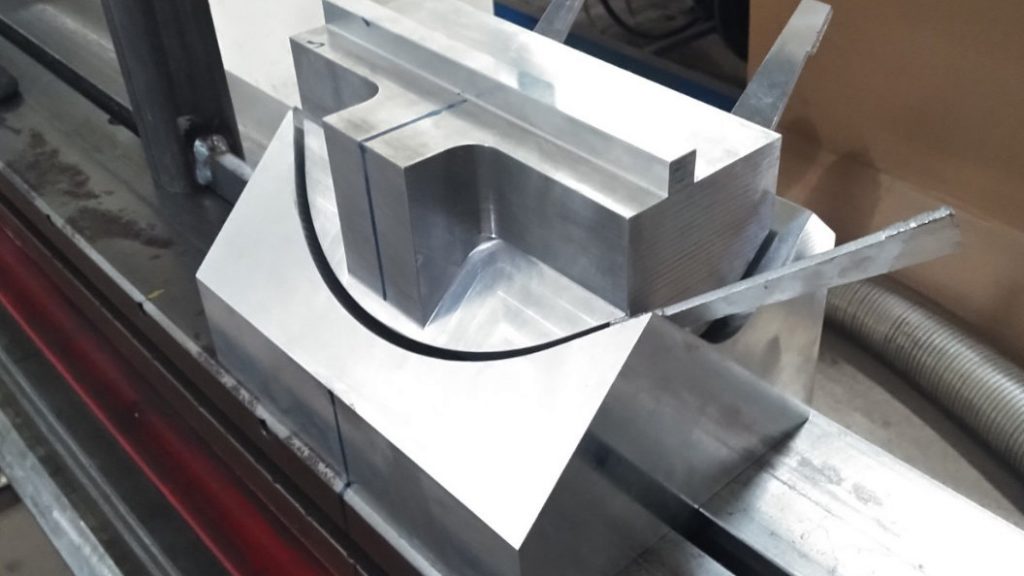
Tool creation can be a multifaceted process that involves various steps, considerations, and skills. Here is a general overview of the process of tool creation:
Identify the Need or Problem:
Define the purpose of the tool and identify the problem it aims to solve or the need it addresses. Understand the target audience and their requirements.
Research and Planning:
Conduct thorough research to understand existing solutions and technologies related to the problem. Identify potential competitors and analyze their strengths and weaknesses. Plan the features and functionalities of your tool.
Define Requirements:
Clearly outline the requirements of the tool. This includes both functional requirements (what the tool should do) and non-functional requirements (performance, scalability, user interface, etc.).
Design:
Create a design for your tool, including the user interface (UI) and user experience (UX) design. Consider usability, accessibility, and any specific design principles relevant to your tool.
Prototyping:
Develop a prototype or a minimum viable product (MVP) to test the basic functionality and gather feedback. This can help identify potential issues early in the development process.
Development:
Write the actual code for the tool based on the design and requirements. This involves programming, testing, and debugging to ensure that the tool functions as intended.
Testing:
Conduct thorough testing to identify and fix any bugs or issues. This includes unit testing, integration testing, and user acceptance testing. Ensure that the tool meets quality standards.
Refinement:
Refine the tool based on testing feedback and user input. Iterate on the design and functionality to improve the overall user experience and address any issues that arise.
Documentation:
Create comprehensive documentation for the tool, including user manuals, technical documentation, and any other relevant materials. This helps users and developers understand how to use and maintain the tool.
Deployment:
Deploy the tool for public or internal use. This may involve setting up servers, configuring databases, and ensuring that the tool is accessible to its intended audience.
Maintenance and Updates:
Regularly update the tool to fix bugs, add new features, and adapt to changes in technology or user needs. Provide ongoing support to address user inquiries and issues.
Feedback and Iteration:
Gather feedback from users and stakeholders to identify areas for improvement. Use this feedback to iterate on the tool and release updated versions.
It’s important to note that the tool creation process may vary depending on the nature of the tool, the industry it serves, and the specific requirements involved. Additionally, collaboration among cross-functional teams, including designers, developers, testers, and product managers, is often crucial for successful tool development. At Custom Creek Fabrication, we can create the tool you need to get the job done!